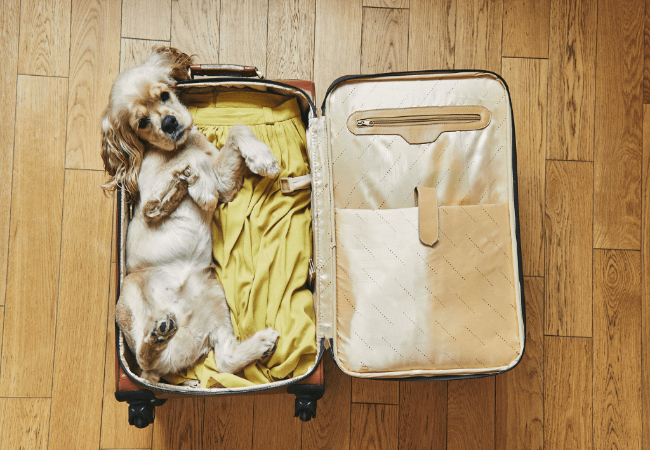How to Quarantine Your Pet: Vet‑Approved 2025 Guide to Keep Everyone Safe 🏠🐾

In this article
How to Quarantine Your Pet: Vet‑Approved 2025 Guide to Keep Everyone Safe🏠🐾
By Dr. Duncan Houston BVSc
When pets are sick or exposed to infectious disease, isolating them helps protect other pets, humans, and the community. This vet-approved guide shows exactly when to quarantine, how to set it up, and care tips to support health and recovery. 🩺
1️⃣ When Quarantine Is Necessary
- Rabies exposure: Confirmed contact with a rabid animal often triggers legal quarantine.
- Contagious infections: Diseases like canine influenza, parvovirus, kennel cough, giardia, or pet COVID‑19 require seclusion to prevent spread.
- Post-travel quarantine: Some regions and international travel may require official isolation upon entry.
2️⃣ Effective Quarantine Setup
- Choose a dedicated area: An unused bathroom, spare room, or enclosed porch works best.
- Keep separate supplies: Use individual food bowls, bedding, toys, and grooming tools—no sharing.
- Control access: Prevent contact by keeping them away from other pets and visitors.
3️⃣ Hygiene & Handling
- Sanitize hands and use gloves after contact—especially when handling waste, toys, or bedding.
- Clean and disinfect surfaces regularly; dilute bleach solutions kill coronaviruses.
- Have a routine: attend to the quarantined pet last to avoid cross-contamination.
4️⃣ Quarantine Duration Guidelines
- Rabies: Often requires isolation or legal monitoring—typically 45 days for vaccinated and up to 6 months if unvaccinated.
- General infections: Two weeks is standard for viral/bacterial respiratory or gastrointestinal illnesses.
- Pet-specific mandates: Follow quarantine rules when returning from overseas or to regions with special entry requirements.
5️⃣ Monitoring & Vet Engagement
- Track symptoms: appetite, energy, fever, coughing, vomiting—report changes to your vet.
- Follow-through: complete any prescribed treatments and follow vet checkups before ending quarantine.
- Vet guidance is key: they tailor isolation length and care based on illness.
6️⃣ Mental & Physical Well-being
- Provide enrichment: chew toys, treat puzzles, gentle indoor scent games to reduce stress.
- Offer quiet interaction: sit nearby, softly talk or read to them—avoid physical contact if contagious.
- Maintain routine: feed, medications, and cleaning on schedule—consistency helps recovery.
📊 Quick Quarantine Reference Table
| Scenario | Recommended Duration | Setup & Hygiene |
|---|---|---|
| Rabies exposure | 45 days (vaccinated) to 6 months (unvaccinated) | Strict isolation, vet/legal supervision |
| Respiratory/GI illness | 10–14 days | Separate room, disinfect surfaces, wash hands |
| Import/travel quarantine | Varies by region (government-set) | Follow entry protocols, hygiene |
| COVID‑19 owner illness | While contagious (~10–14 days) | Care by other household member, gloves, mask |
🔍 Final Thoughts
Quarantine safeguards everyone—pets, family, and community—when illness or exposure occurs. With thoughtful isolation, hygiene measures, enrichment, and vet support, your pet can recover safely and calmly. 🐕❤️
Need help creating a pet care plan or managing a quarantine space? Download the Ask A Vet app for expert advice anytime. 📱🐶






